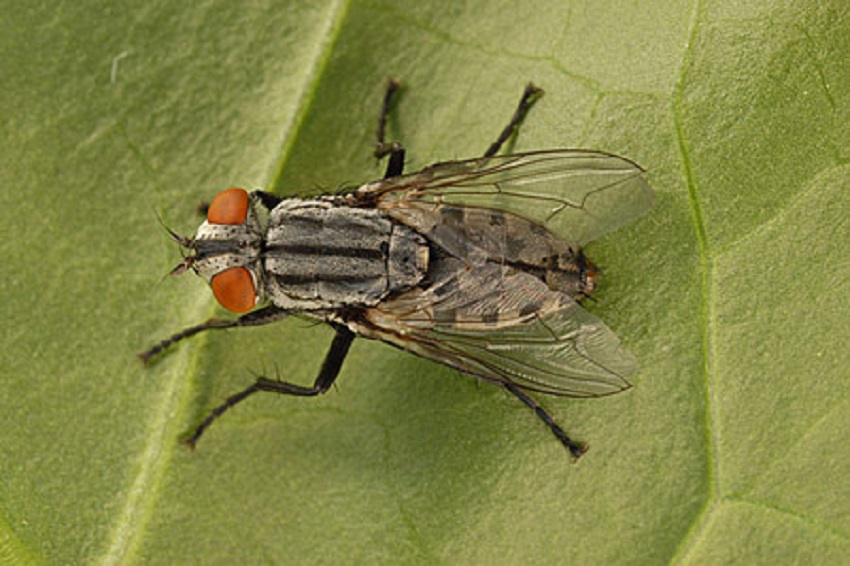Pokeweed although considered as a toxic plant consumed in some areas of the United States, they are cooked according to popular recipes to eliminate poisonous components, the plant has also been used for healing purposes in folk medicine. It is part of a typical dish of some areas of the United States “Poke salad” in which its leaves and stems are used, its roots are not used, as they are very toxic. In some places, it is considered a weed as it invades other crops and is a danger to cattle due to its toxicity.

It is very dangerous for children, adults and pets, its toxicity is higher in adult specimens, all parts of the plant, leaves, roots and leaves, are toxic. Although it is native to the United States, it has been naturalized in many other places, growing frequently in roads and areas near forests. Although its toxicity is sometimes grown as an ornamental, it causes interest in the medical aspect due to its use in traditional medicine.
The plant grows in sunny or partially sunny situations and they are very resistant plants. They adapt to all types of soils as long as they are well drained, they can invade other crops competing with them for nutrients from the soil, weakening other plants close to it.
It is a very resistant plant usually does not have problems with pests and diseases; excess water or poor drainage can affect the plant causing rot. The intense cold and frost can kill the aerial part of the plant, but it sprouts again in spring from the root, it can even survive fires if its roots are not damaged. It is a difficult plant to eradicate.
The pokeberries of pokeweed are consumed by birds, which then disperse the seeds through their droppings, extending the pokeweed to other areas. Since all parts of the pokeweed are poisonous to humans, cattle and several other species of mammals, you should get rid of the pokeweed immediately. Small infestations of pokeweed that grow in gardens or hedges can be extracted manually from the ground. For larger infestations, use an herbicide to get rid of the pokeweed.
Eliminate pokeweed manually
- Wear work gloves to protect your hands from possible irritations.
- Grasp the base of the pokeweed as close as possible to the ground level. If the roots are left behind new pokeweed plants will sprout.
- Remove small infestations of pokeweed from the ground and immediately dispose of weeds in a sealed trash bag.
- Check the area regularly and extract any pokeweed plants that arise.
Eliminate pokeweed with herbicide
- Wear safety glasses and rubber or latex gloves.
- Pour 1/2 gallon of water into a large bucket. Add 1 to 2 tablespoons of a herbicide that lists the dimethylamine salt of 2,4-D-dichlorophenoxyacetic acid (2,4-D) as an active ingredient according to package directions. Mix the water and herbicide well with a wooden stirring rod.
- Add 1 teaspoon of a non-ionic surfactant to the diluted herbicide. Shake the solution with the wooden stirring rod for several seconds. The non-ionic surfactant will help provide better herbicide coverage, increasing its effectiveness.
- Transfer the herbicide solution to a garden sprayer. Spray the pokeweed leaves with the herbicide solution thoroughly until the pokeweed plant is moist. Protect desirable plants that grow near the carmine grass by covering them with a piece of cardboard while spraying the weeds.
- Control the area and spray the newly emerged peppermints with the herbicide solution when you find them.

